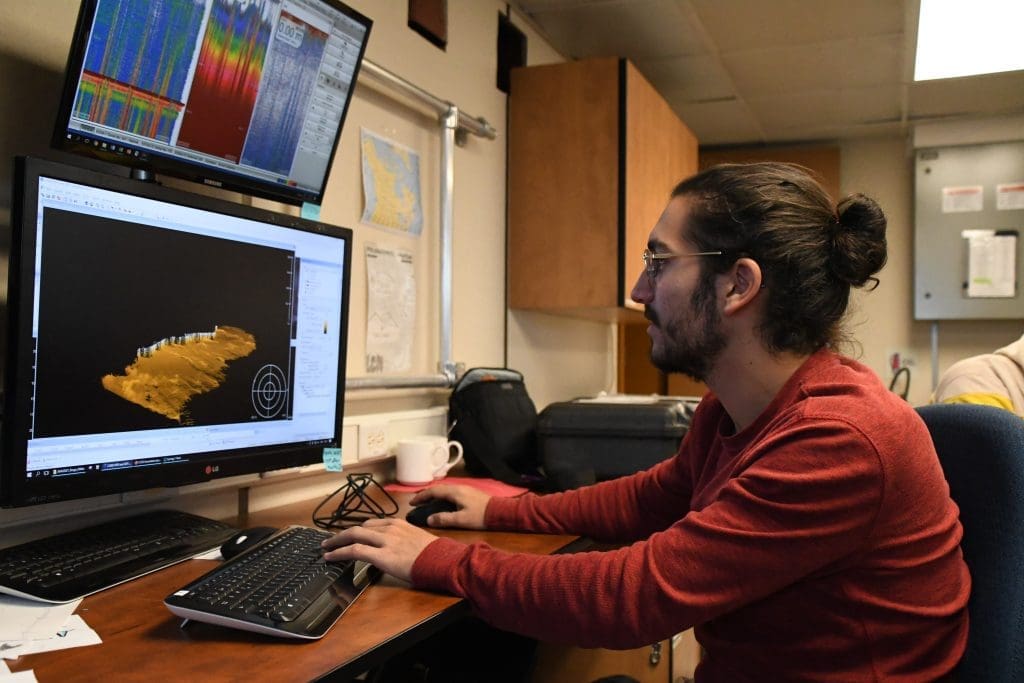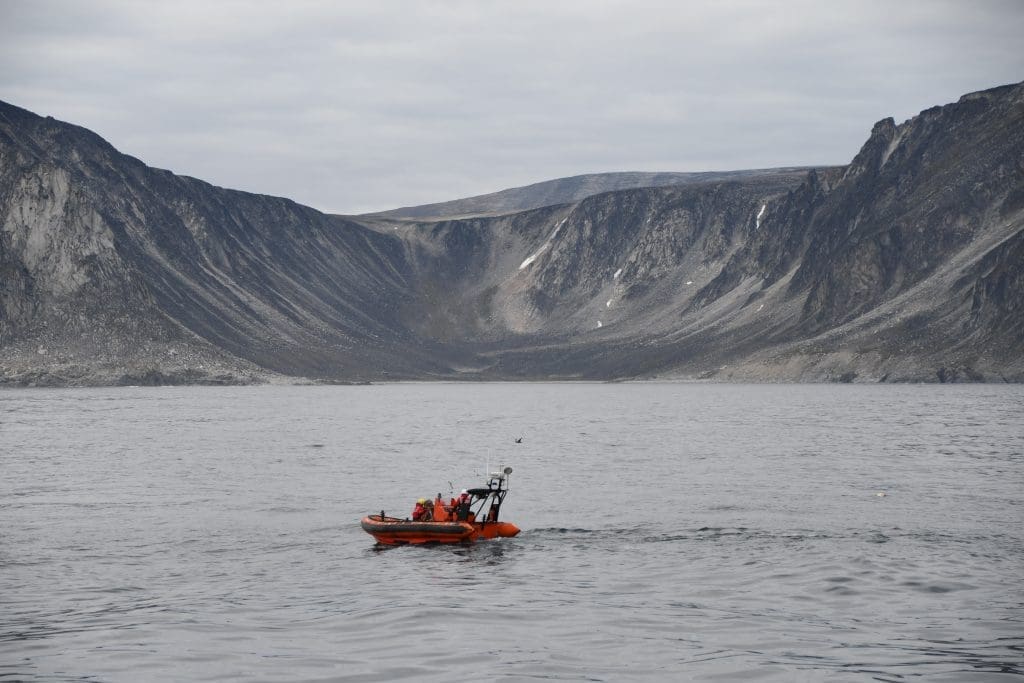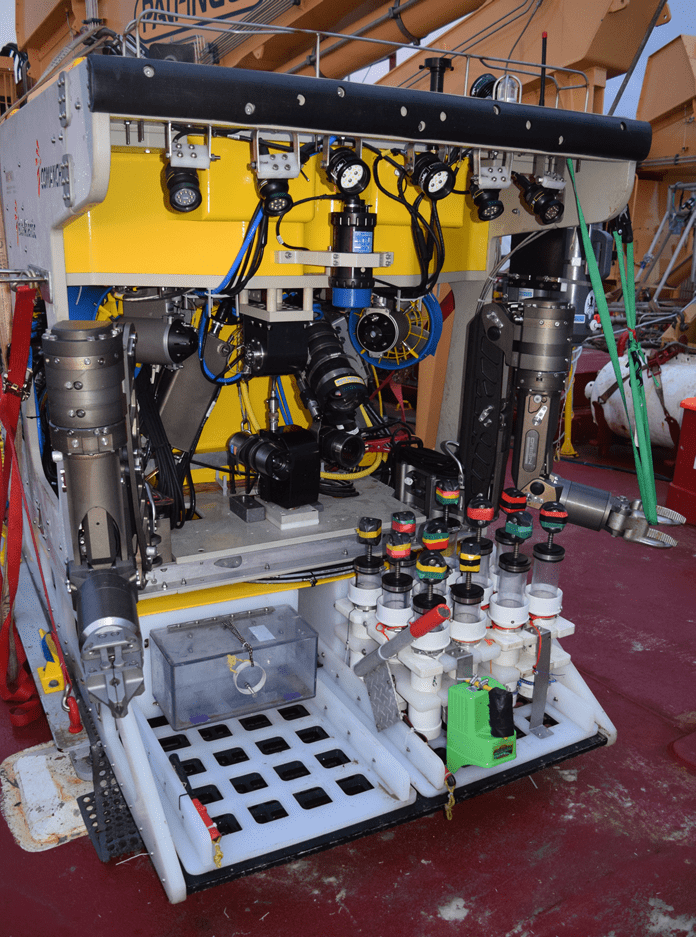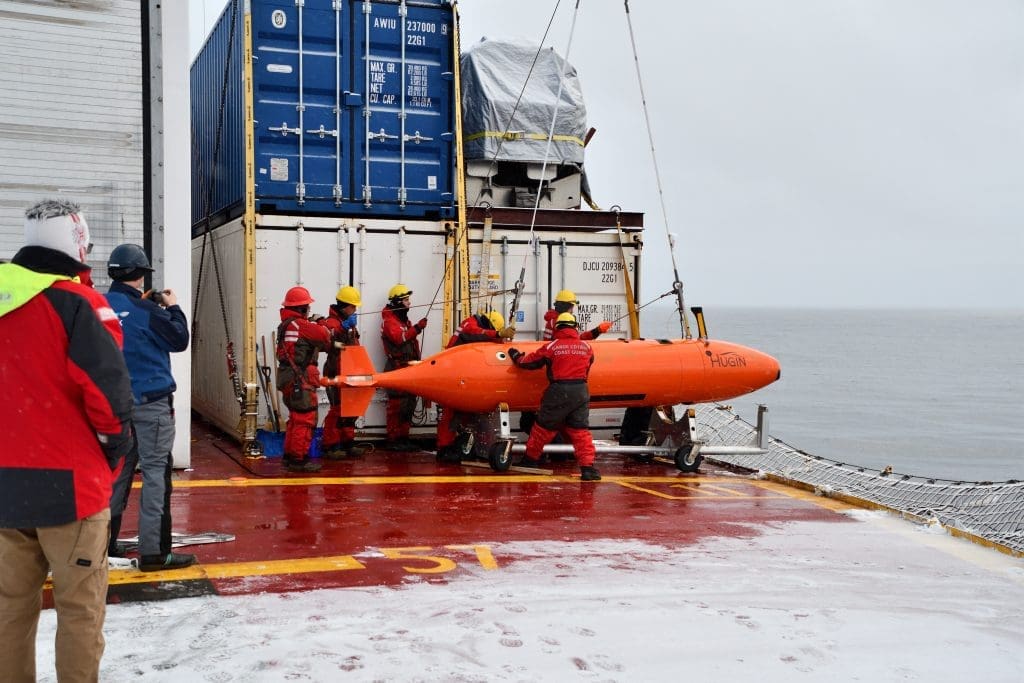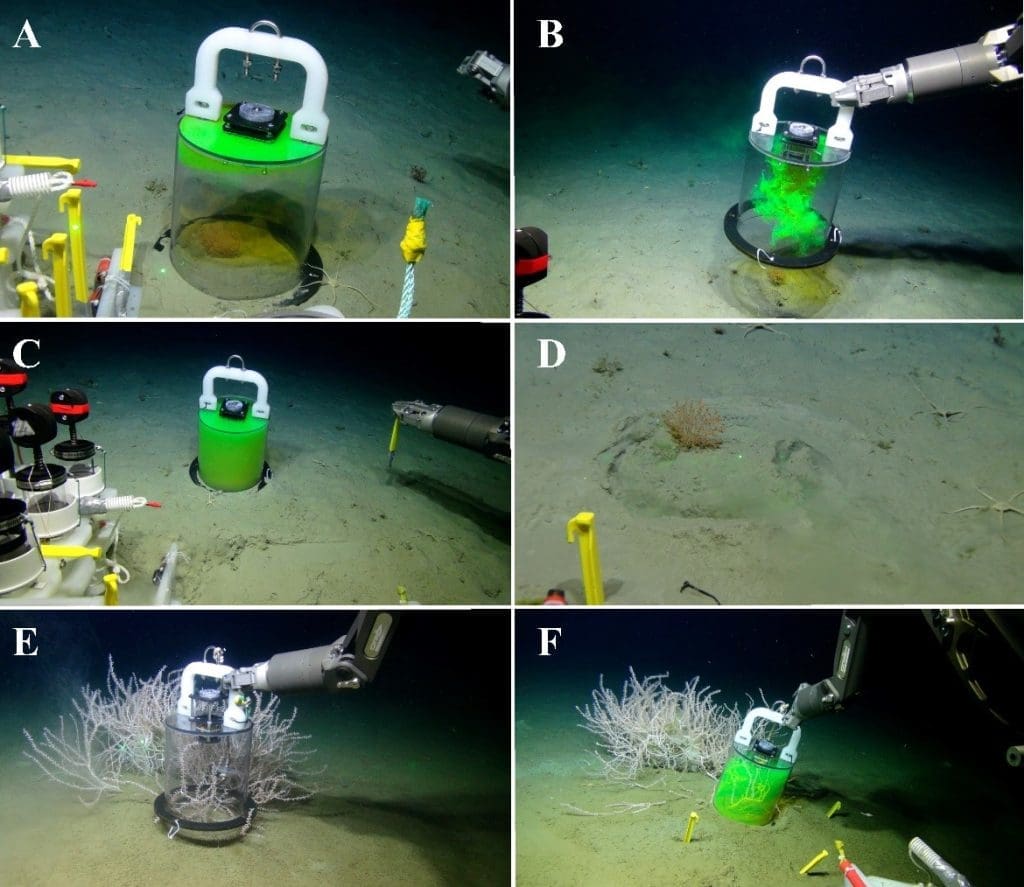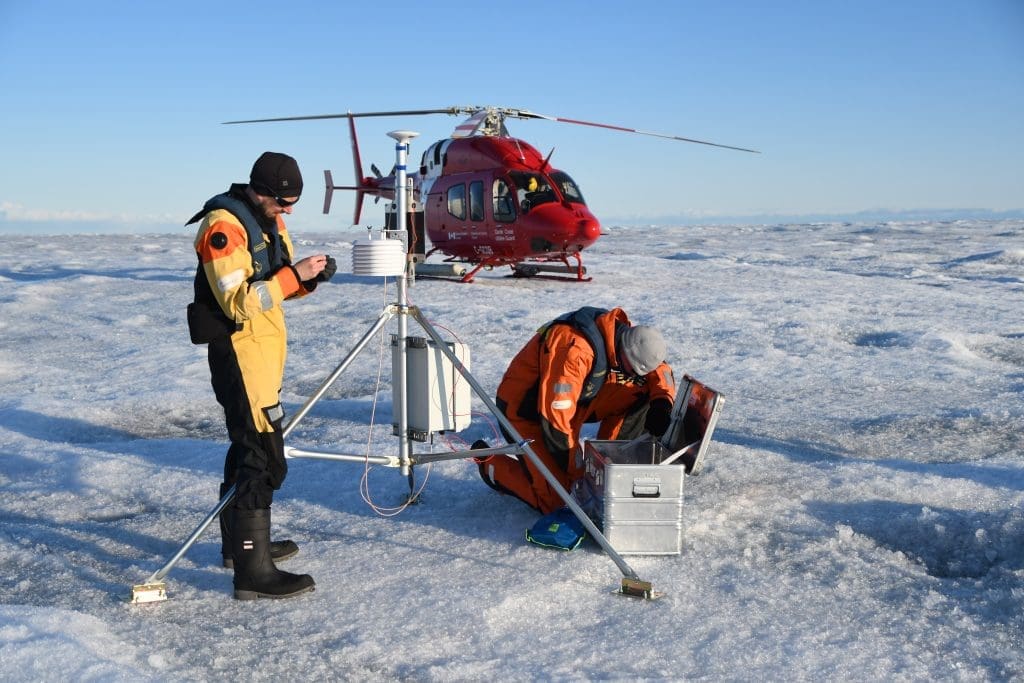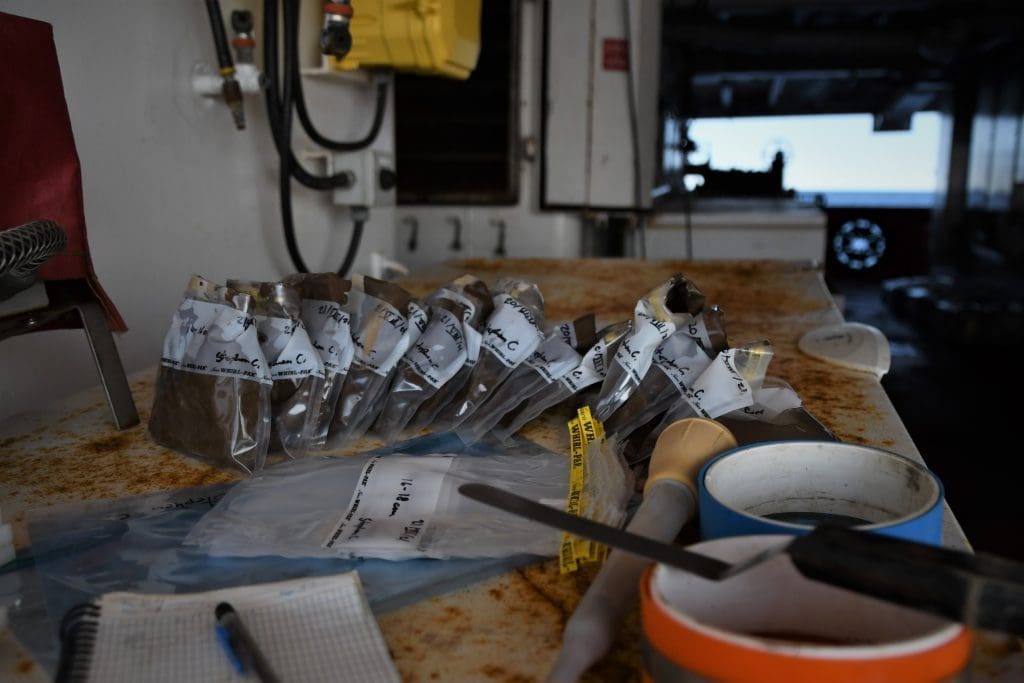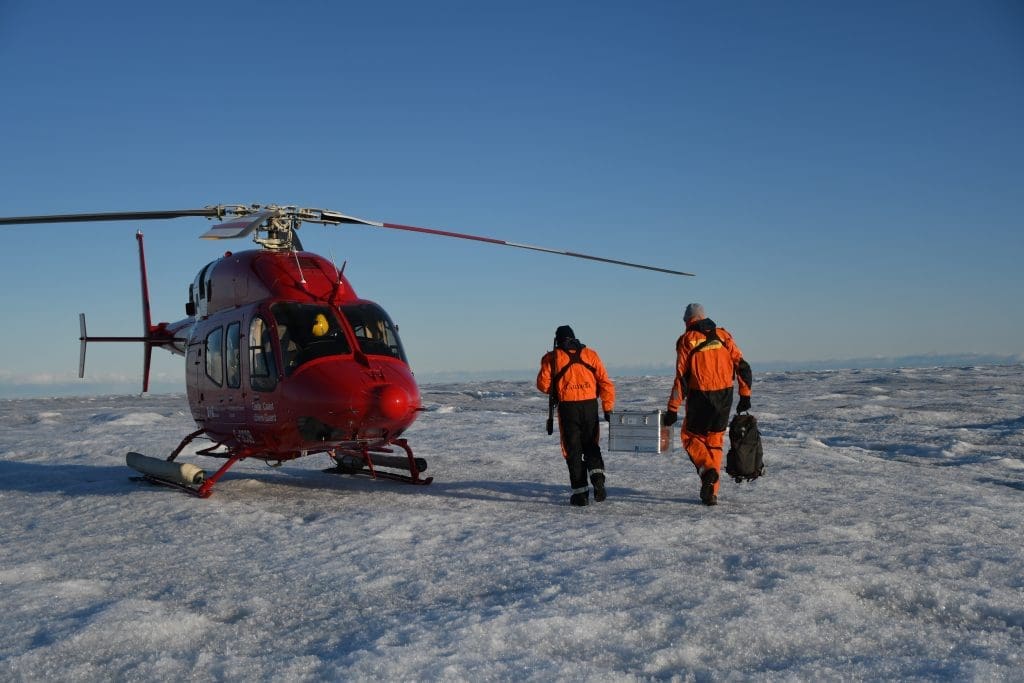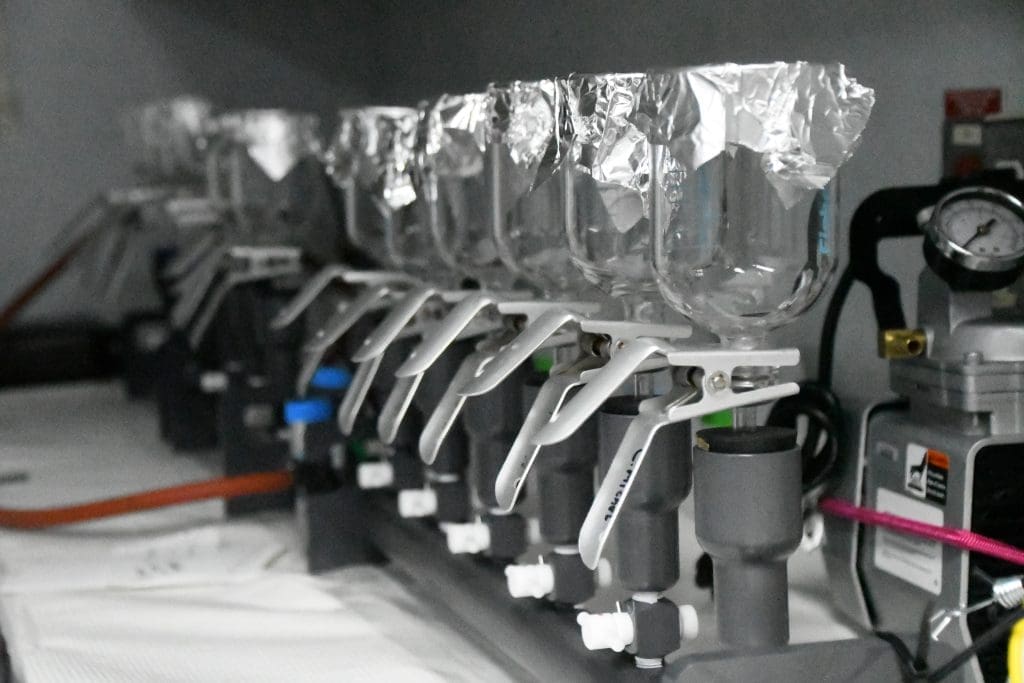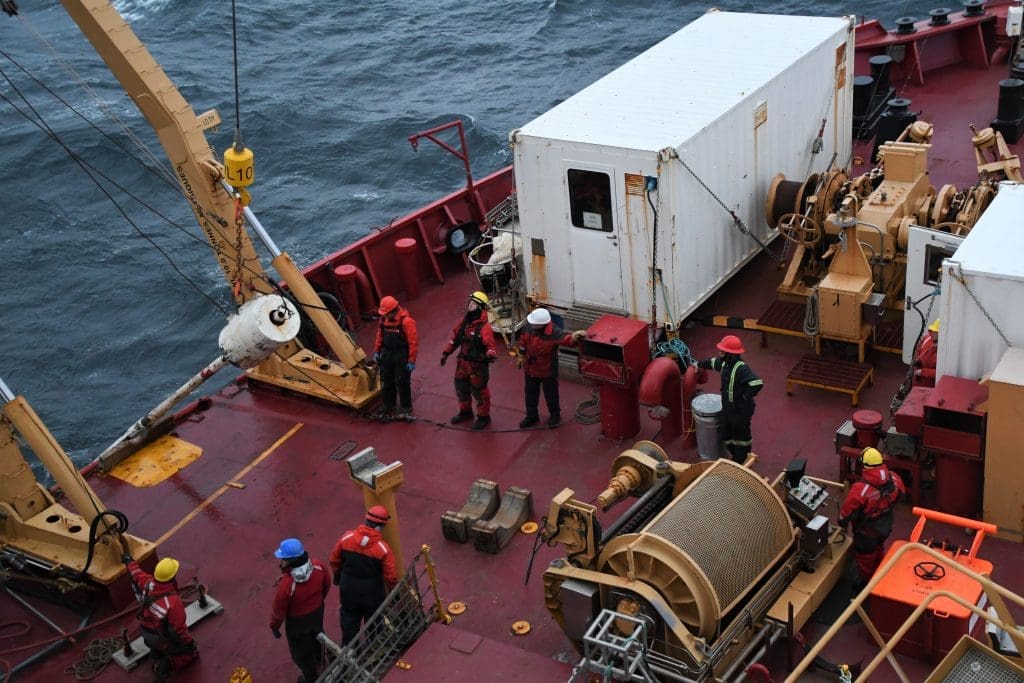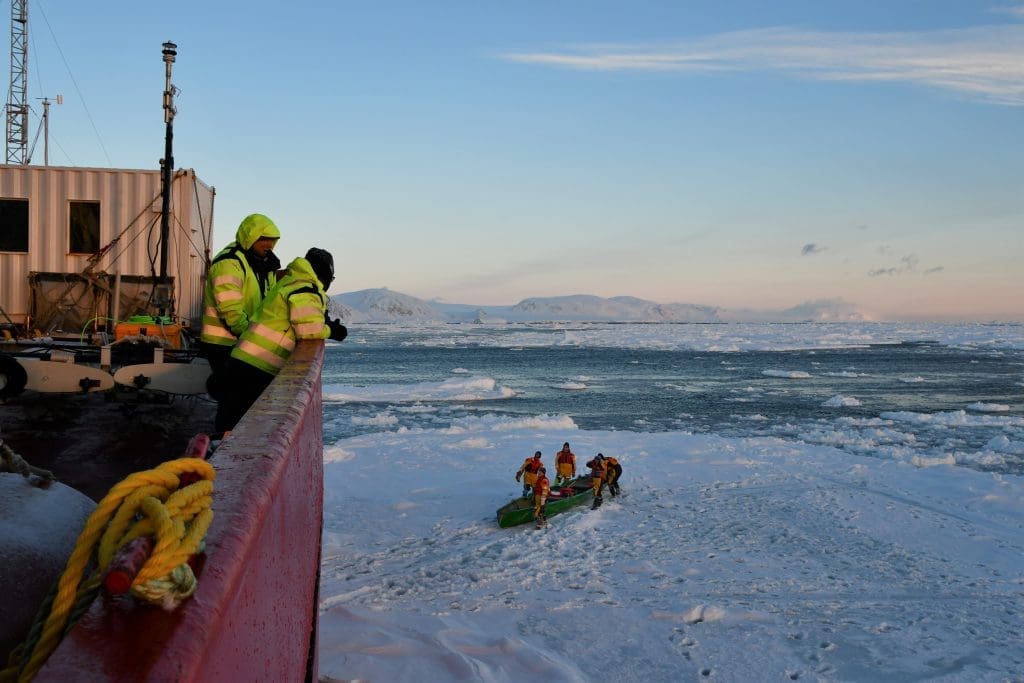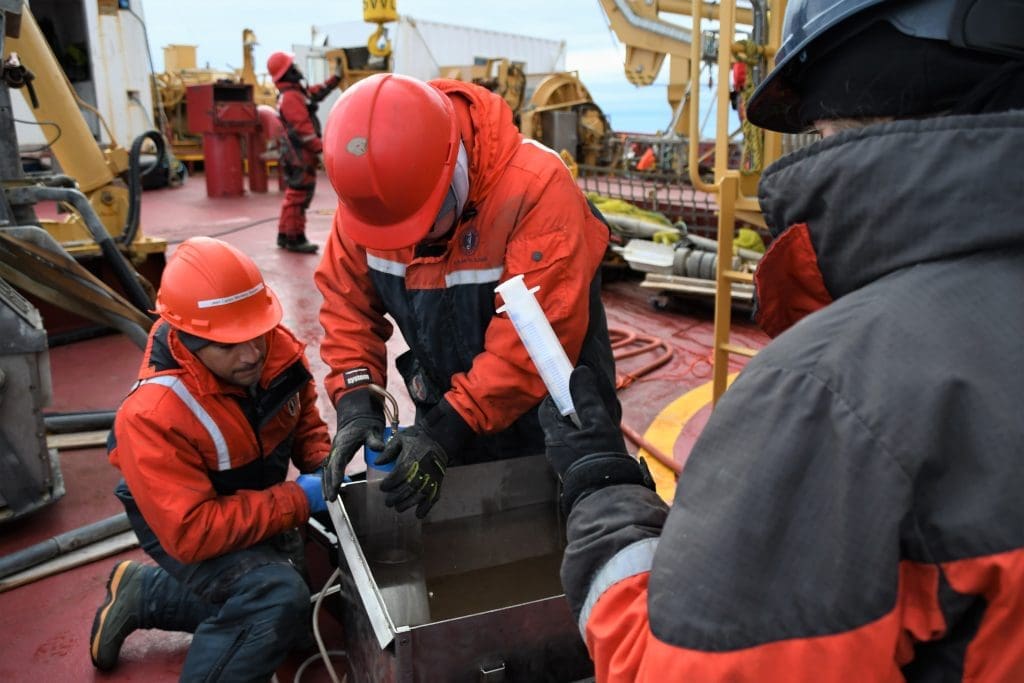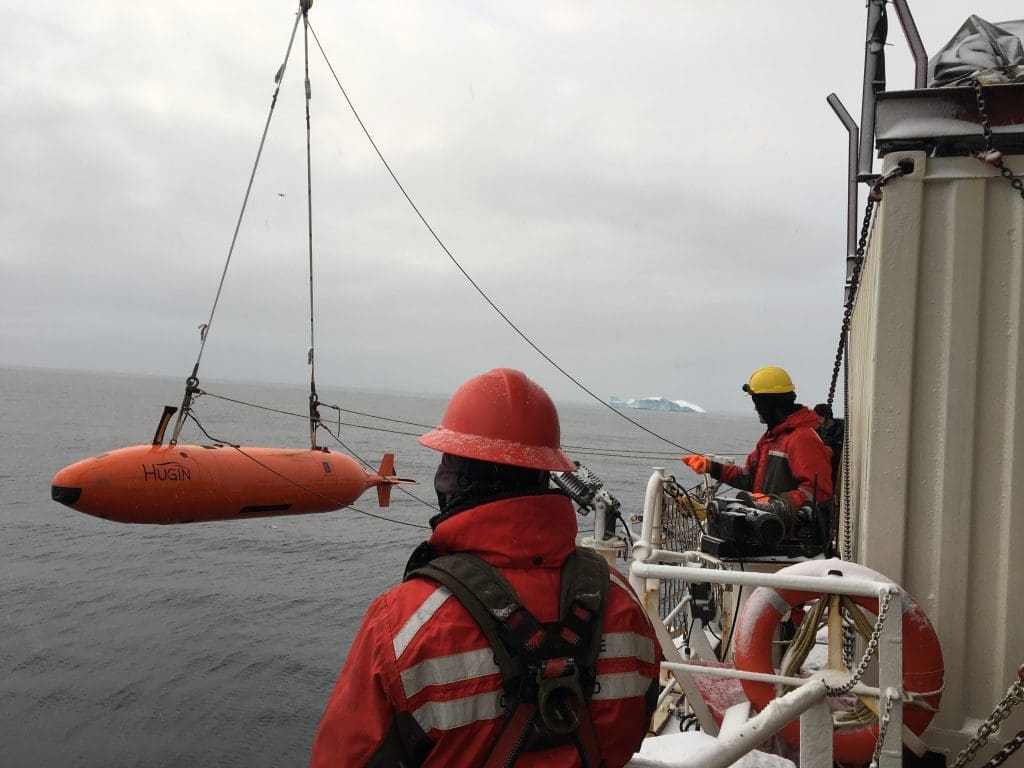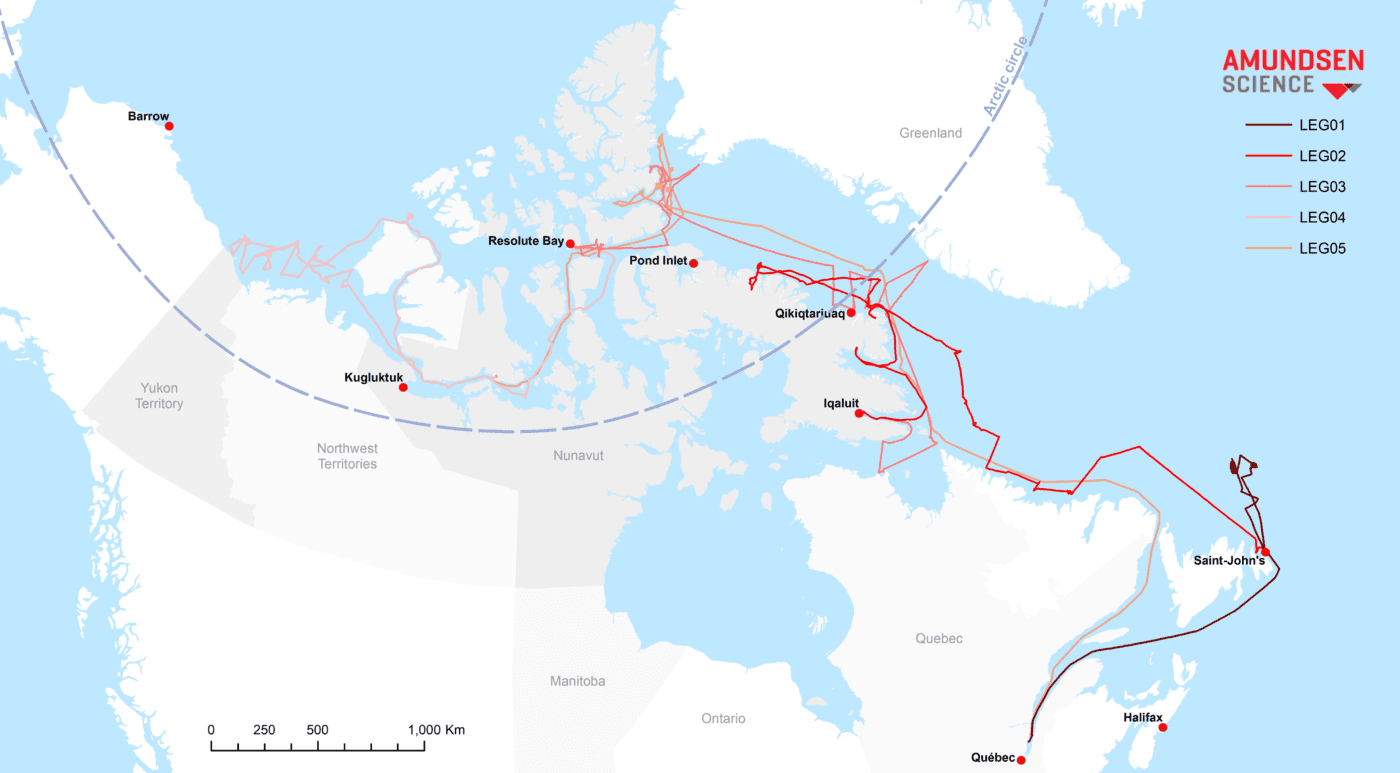
2021 Expedition
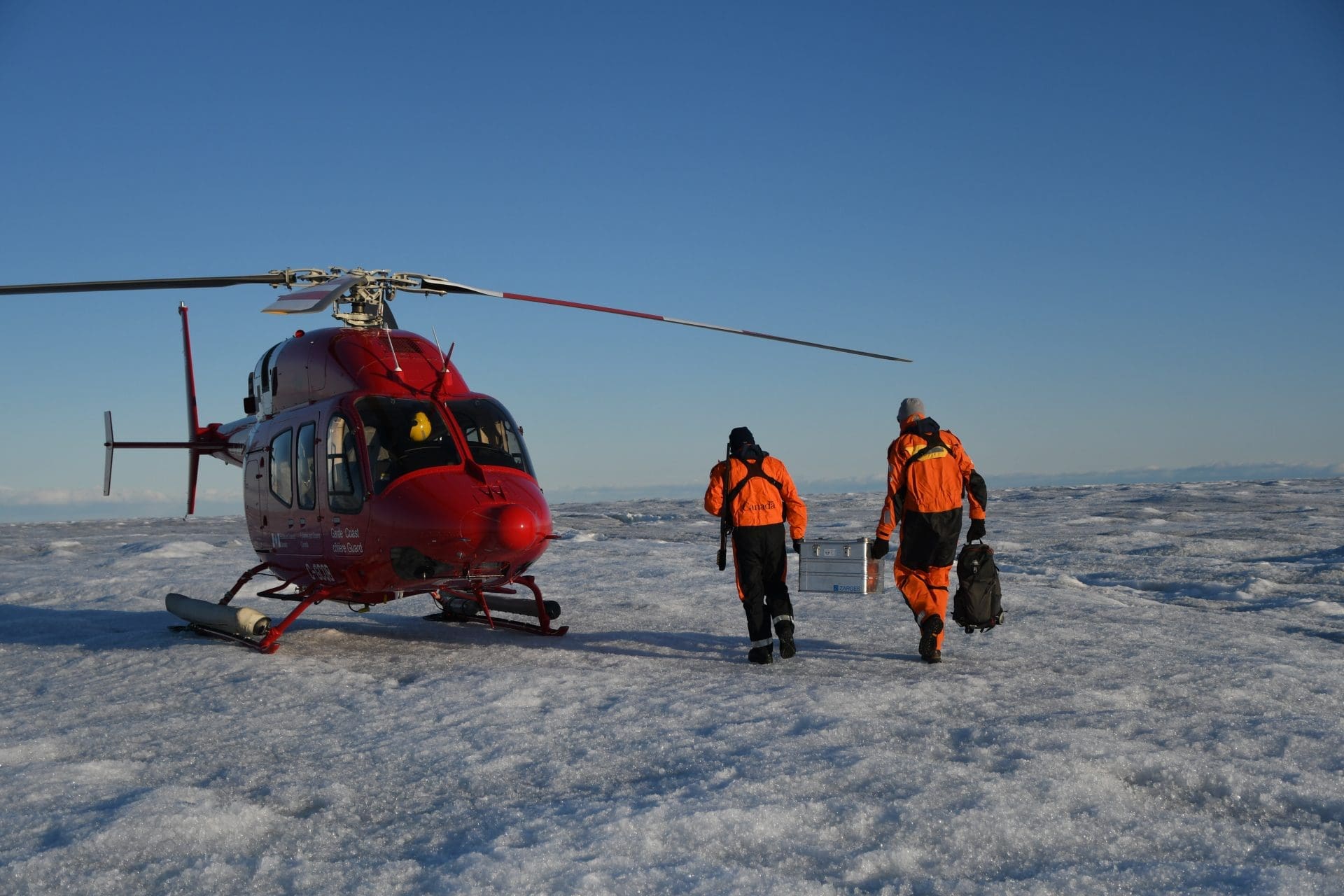
The 2021 Amundsen Expedition began on July 4th, when the Canadian research icebreaker CCGS Amundsen left Quebec City for its annual mission to the Arctic. The expedition ran until November 3rd and allowed more than 140 scientists from national and international research teams to study the marine and coastal environments of the Labrador Sea, the Baffin Bay, the Canadian Arctic Archipelago and the Beaufort Sea.
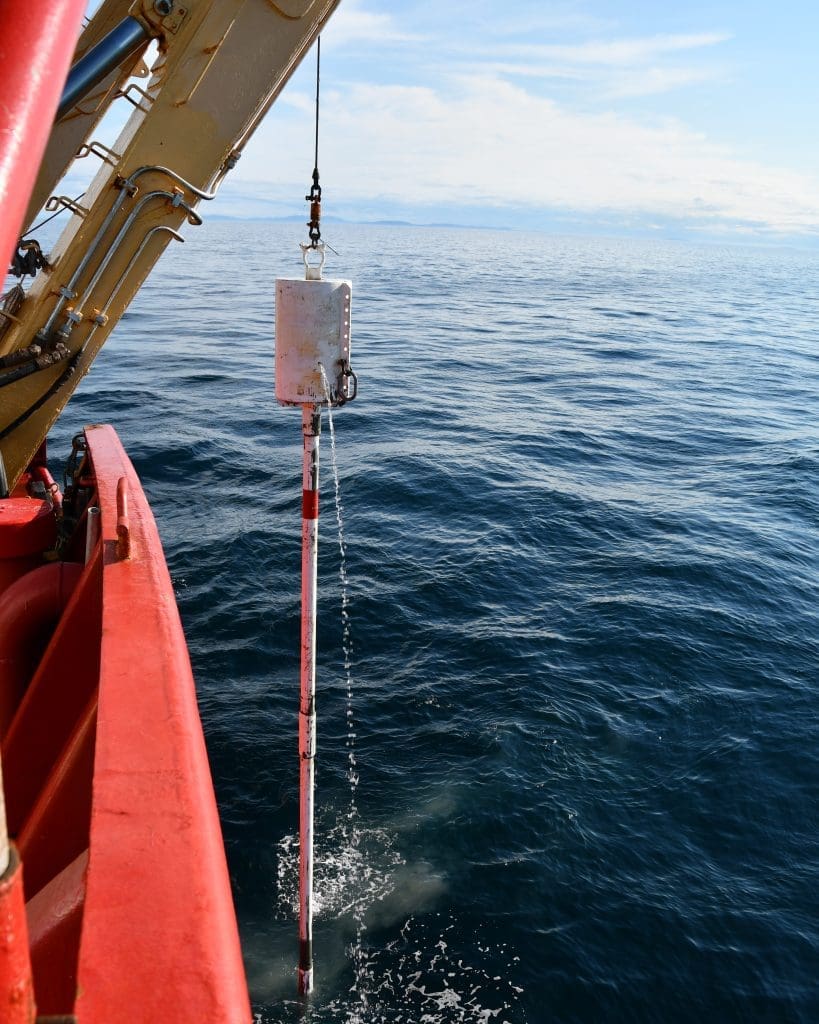
122
days at sea
17 968
nautical miles travelled
140
scientists
LEG 1 – NRCan Marine Spatial Planning Program
(4 – 15 July) Quebec City to St. John’s
The activities during this first Leg consisted of sampling the seabed by collecting piston cores, gravity cores, box cores, grabs and bottom camera imagery during daylight hours (approximately 6 am – 6 pm) and surveying the seabed using sub-bottom profiler and multibeam echosounder during night hours with sound velocity measurements taken along the track. Additionally, a wildlife observer was on board to report sightings of birds and mammals encountered during the Leg.
LEG 2 – ROV Coral Seep Habitats / ArcticNet
(15 July – 12 August) St. John’s to Iqaluit
Thirty-five scientists boarded the CCGS Amundsen to participate in an integrated study of the Coral habitats and seabed seep features in the Labrador Sea and Baffin Bay. This program named ROV Coral Seep Habitats, led by Dalhousie University in 2021, was conducted in partnership with other universities, federal departments (DFO, NRCan) and local governments. Scientists from the ArcticNet Marine Program were also on board to study fish, kelp, and survey regional geology of the seafloor.
LEG 3 – DFO KEBABB / Sentinelle Nord / ArcticNet
(12 August – 9 September) Iqaluit to Resolute Bay
Numerous aspects of the marine environment were studied during Leg 3, a total of 302 operations were conducted over the 28-day Leg at 79 stations across Baffin Bay, Lancaster Sound and close to Quaqtaq (Nunavik). Mapping operations were also conducted in uncharted areas near the Mittie glacier terminus (Ellesmere Island) and water sampling operations took place in glacial river mouths, which were accessed with the vessel’s helicopter.
LEG 4 – PeCaBeau / RADCARBBS / ArcticNet
(9 September – 7 October) Resolute Bay to Cambridge Bay
The CCGS Amundsen accommodated 35 scientists during Leg 4 of the 2021 Amundsen Expedition. The ship started its journey in Resolute Bay on September 9th. For the first few days, sampling operations for ArcticNet and transit took place in the Northwest Passage, through Prince Regent Inlet, Franklin Strait and Victoria Strait, all the way to the Amundsen Gulf and Beaufort Sea. Scientists then conducted numerous operations in the Beaufort Sea, for both the PeCaBeau and the ArcticNet programs at more than 20 stations. On September 30th, the vessel moved further north to conduct operations in the M’Clure Strait and came back to Kings Bay through the Prince of Wales Strait to deploy acoustic moorings for the community of Ulukhaktok.
LEG 5 – Dark Edge
(7 October – 3 November) Cambridge Bay to Quebec City
The sampling strategy during Leg 5 was to occupy stations at the transition between ice-covered and ice-free zones over the course of 3 days. Overall, the campaign was a success, with operations conducted at 6 stations across Northern Baffin Bay, the deployment of 38 CTD-Rosettes, 34 nets, and the first Arctic deployments of the AUV, the ice-canoe and an automated catamaran measuring air-ocean energy fluxes.
